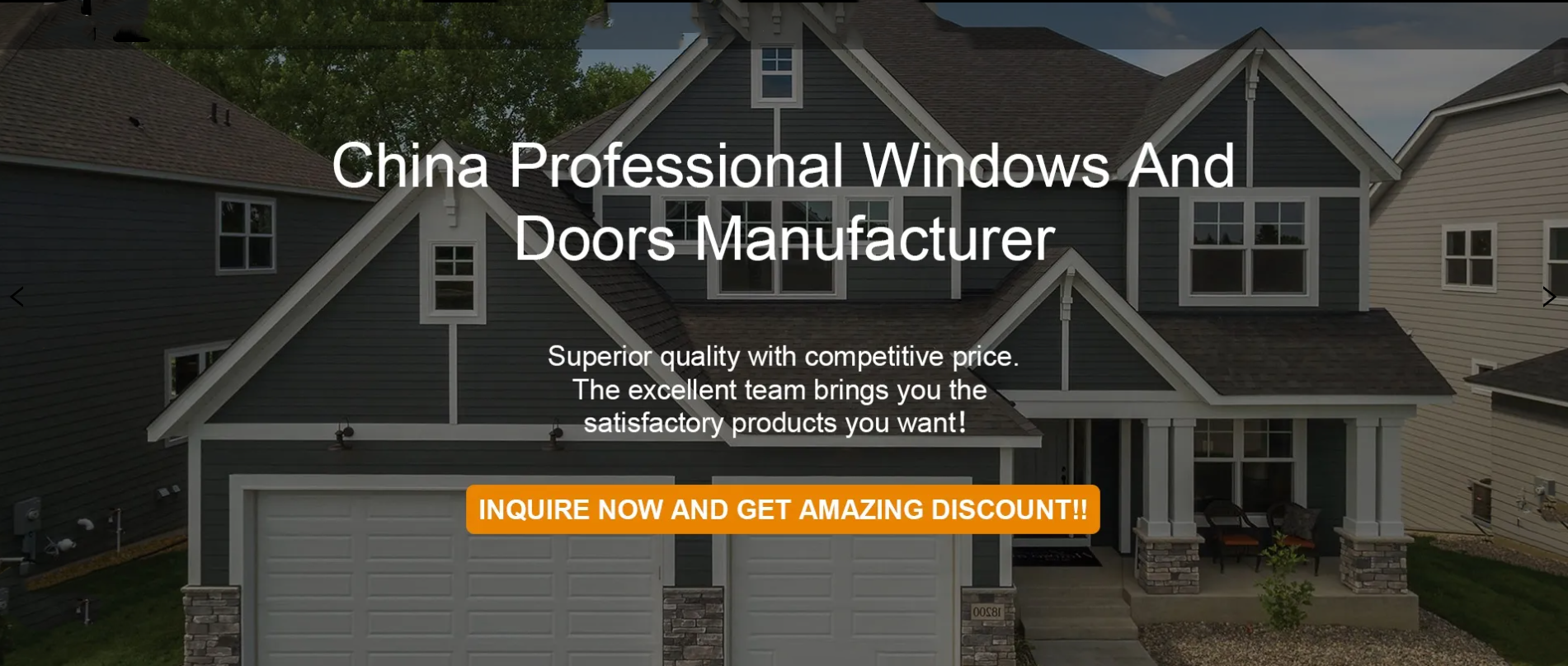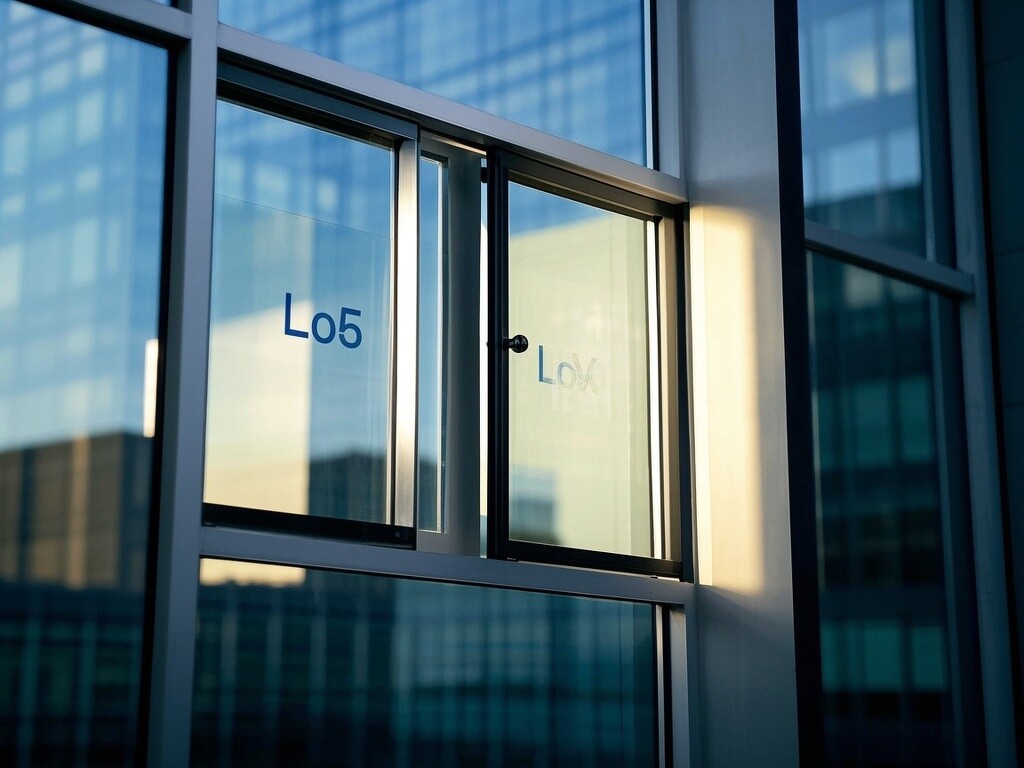
Blog
Choosing the right window glass is critical for energy efficiency, comfort, and cost savings. This guide explores key factors—from glass types to thermal performance—helping homeowners, architects, and project managers make informed decisions.
Why Window Glass Matters for Energy Efficiency
Windows account for 25-30% of residential heating and cooling energy use, according to the U.S. Department of Energy. The right glass can reduce energy bills by 15% annually while improving indoor comfort. Modern solutions like Low-E coatings and gas fills transform standard windows into thermal barriers.
Types of Energy-Efficient Window Glass
1. Double and Triple Glazing(Can make triple-glazed doors and windows)
Multiple glass panes separated by spacers create insulating air gaps. Argon or krypton gas fills between panes further reduce heat transfer. Triple glazing offers 50% better insulation than double glazing but increases weight and cost.
2. Low-Emissivity (Low-E) Coatings(Can be used for doors and windows with Low-E glas)
Microscopic metal oxide layers reflect infrared light while allowing visible light transmission. Low-E glass can block 70% of UV rays and reduce heat transfer by 30-50%. Ideal for both cold and hot climates.
3. Tinted and Reflective Glass
Solar control tints absorb or reflect sunlight, reducing glare and heat gain. Bronze and gray tints maintain visibility while blocking 40-60% of solar radiation. Reflective coatings provide higher heat rejection but may alter aesthetics.
Key Performance Metrics
Climate-Specific Recommendations
- Cold climates: Triple glazing with Low-E coatings and argon gas. Prioritize low U-factor (<0.25).
- Hot climates: Double glazing with spectrally selective Low-E coatings. Target SHGC<0.30.
- Mixed climates: Double glazing with dual Low-E coatings (high SHGC for winter, low SHGC for summer).
Cost vs. Savings Analysis
While energy-efficient glass costs 10-25% more than standard options, the payback period is typically 3-7 years through energy savings. For example:
- Low-E double glazing: $5-$10/sq.ft. premium, saves $100-$300/year for average homes
- Triple glazing: $15-$25/sq.ft. premium, best for extreme climates or noise reduction
Certifications to Look For
Verify compliance with:
- ENERGY STAR® (region-specific requirements)
- NFRC ratings (U-factor, SHGC, VT)
- EN 1279 (European insulation standards)
- ASTM E2141 (durability testing)
Why Choose Our Energy-Efficient Window Solutions?
As a German-engineered aluminum windowspecialist, we combine:
- Bespoke glass configurations with 0.14-0.22 U-factor options
- Dual-sealed glazing units exceeding EN 1279 Class 1 airtightness
- Free drawing quotation
- Custom solar control solutions for commercial facades
Contact our technical team for climate-specific glass recommendations and energy modeling.
Please give us a message


